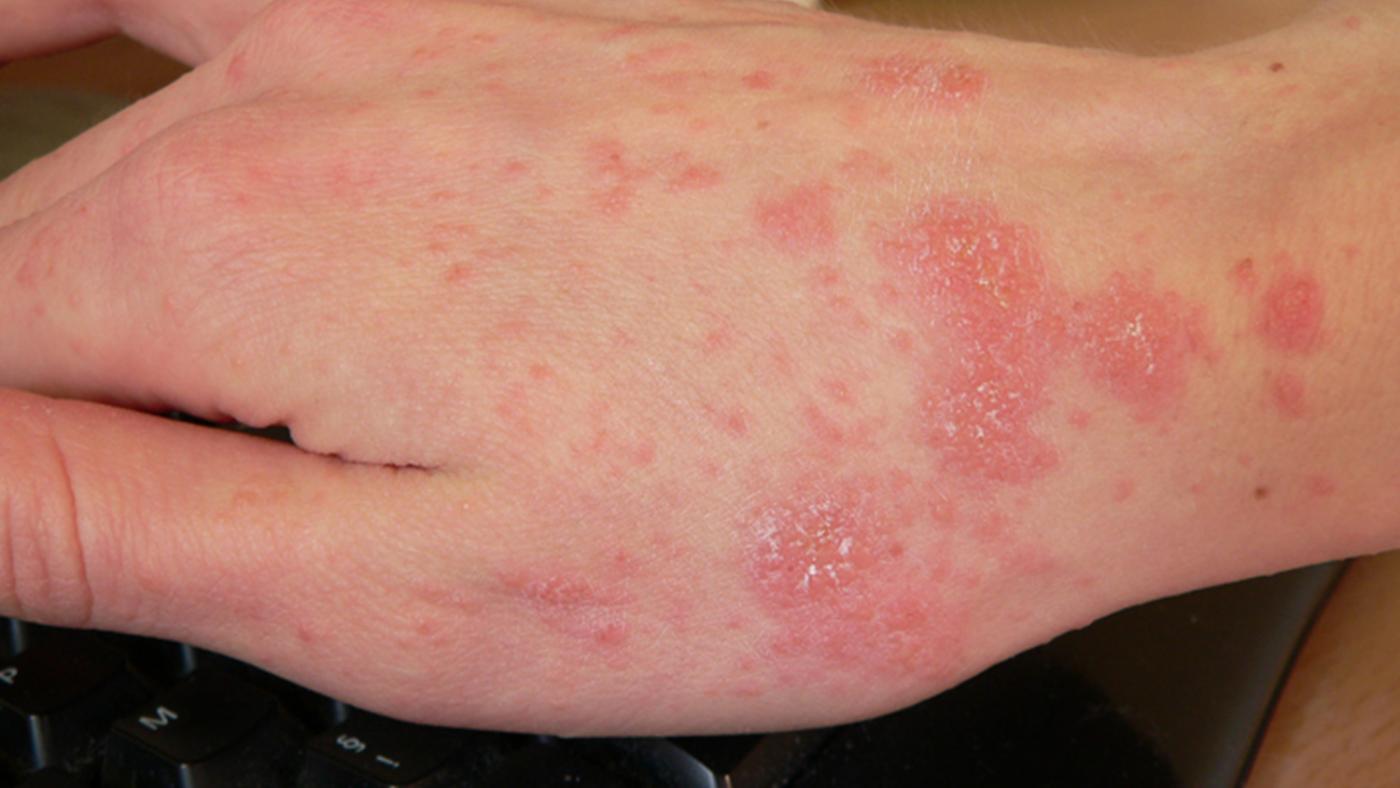Scabies spreading amongst students

Media such as NOS and NU.nl are reporting that more and more students are suffering from the contagious skin infestation. A remarkable feat, given the increased wealth and hygiene in the Netherlands. Five questions and answers about scabies.
1. What is scabies?
Scabies is caused by the Sarcoptes scabiei mite, a tiny creature you can’t see with the naked eye. The mites dig burrows into their victims’ skin, and leave their eggs and excrement there. This causes allergic reactions and causes itching, especially at night. Other symptoms include red lines, vesicles, and red blisters on the skin, for instance between fingers, on the wrists, or on the feet. The condition isn’t dangerous, but it’s certainly unpleasant.
2. How do you get it?
The condition is contagious, but not easily transferable from person to person, according to infectious disease expert Jan van der Have at the GGD Groningen. You can get it from skin-to-skin contact (for at least 15 minutes) with an infected person, or by sleeping in an infected bed. For students, hygiene is often not a priority, and they regularly end up in someone else’s bed… Two years ago, there was a scabies outbreak at the Amsterdam Science Park. The creatures had nestled in the lab coats of the students of the Bachelor program psychobiology.
3. Is scabies truly making a comeback?
“I wouldn’t really call it an outbreak,” Van der Have says, but he has noted a significant increase in the number of reports in the past year and a half. “There’s a peak in the spring, especially,” he says. This spring, in Groningen, around ten students a week were found to have scabies.
His colleagues in Leiden, Utrecht, and Den Haag have also seen more and more students with scabies. Take Leiden, for example: the first report of an infected student house came in 2012. In 2016, there were already sixteen infected houses, and last year, that number had increased to nineteen, says the GGD Hollands Midden after reports published in the Leidsch Dagblad. An outbreak is perhaps a strong word, but scabies is definitely present.
4. But… how?
It’s not entirely clear why scabies is spreading amongst students in different cities. “It can be, for example, because there’s multiple people sleeping in one bed, without cleaning the sheets in between,” Van der Have says. Or students don’t wash their sheets hot enough, but that wasn’t any different twenty years ago. It’s still guesswork. “Perhaps students these days take classes at other universities more often, which leads to students from Groningen to stay the night in Leiden sometimes, for instance,” Van der Have thinks.
5. How can you prevent it, and what to do when you’ve got it?
People who wash their clothes and bed sheets regularly at a high temperature (60 degrees) have nothing to fear, Van der Have says. Infection is easy to battle as well: treatment consists of simply applying a special cream. It is important to have all housemates undergo the treatment simultaneously, and that all textiles are washed, to prevent new infections. The scabies mite can survive for three days without human blood.
Translation: Indra Spronk